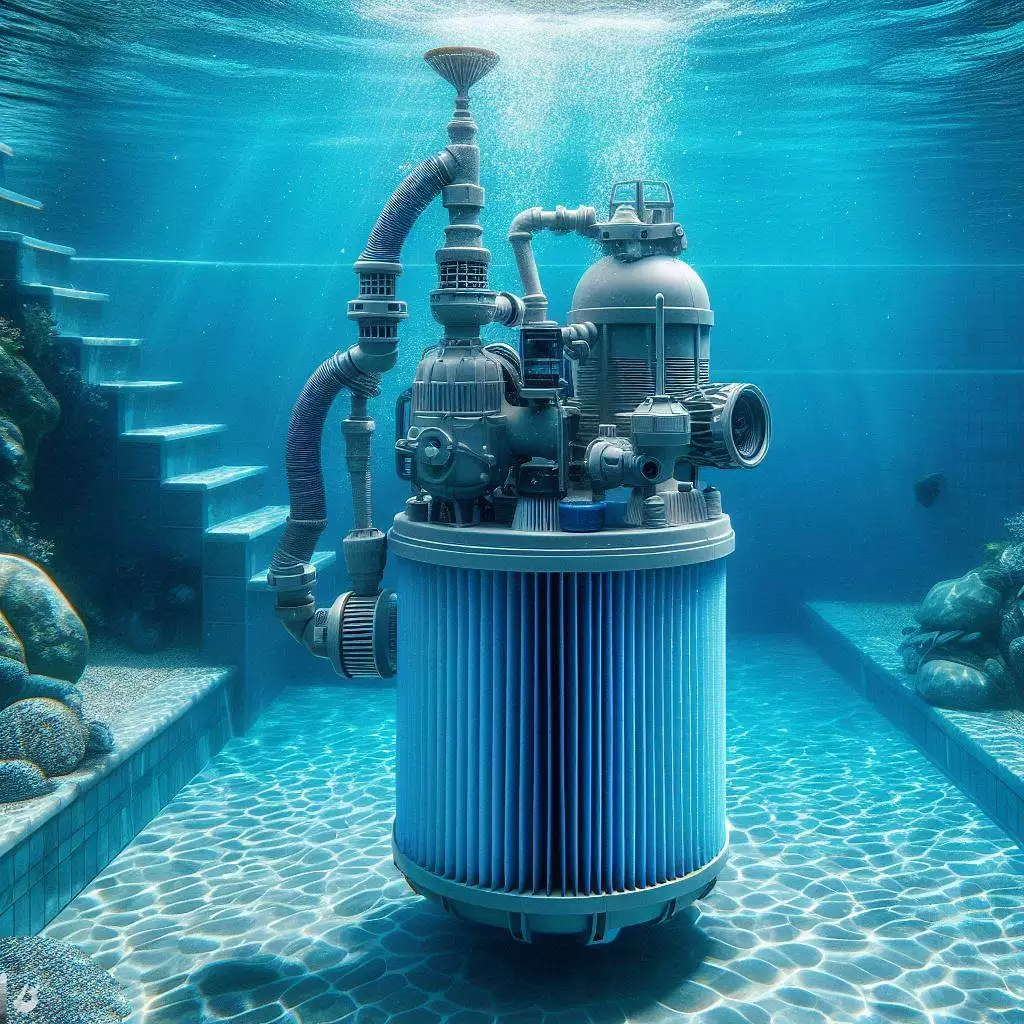Swimming pools are synonymous with leisure and relaxation, but ensuring their water remains clean and safe for use requires effective filtration systems. Among the various filtration methods available, pool sand filters stand out for their ability to capture microscopic particles. This article delves into the intricate process of how pool sand filters effectively remove tiny particles from pool water, ensuring a pristine swimming environment.
Understanding Pool Sand Filters
Pool sand filters are integral components of swimming pool filtration systems. They consist of a tank filled with specially graded sand as the filtering medium. As water circulates through the filter, suspended particles are trapped within the sand bed, resulting in cleaner water.
Filtration Mechanism
The filtration process in pool sand filters involves several stages. When water enters the filter tank, it passes through a diffuser, which evenly distributes the flow across the surface of the sand bed. As water percolates through the sand, particles are physically trapped within the interstitial spaces between the sand grains. Additionally, electrostatic forces and chemical interactions between the particles and sand grains aid in particle capture, ensuring thorough filtration.
Filtering Microscopic Particles
Pool sand filters are highly effective in removing microscopic particles from pool water. These particles, which can be as small as a few microns in diameter, include dirt, dust, pollen, algae, and other organic matter. Despite their tiny size, pool sand filters can capture and retain these particles within the sand bed, preventing them from circulating back into the pool water.
Factors Influencing Filtration Efficiency
Sand Grade: The grade and quality of the sand used in pool sand filters significantly influence filtration efficiency. Finer sand grains with a uniform size distribution provide greater surface area for particle capture, enhancing filtration performance for microscopic particles.
Flow Rate: The rate at which water flows through the filter affects filtration efficiency. Higher flow rates may reduce the contact time between water and the sand bed, potentially decreasing filtration effectiveness for microscopic particles. Maintaining optimal flow rates ensures thorough particle capture.
Backwashing Frequency: Regular backwashing is essential to prevent the buildup of trapped debris and maintain filtration efficiency. Over time, accumulated debris can clog the sand bed, reducing its ability to filter microscopic particles effectively. Periodic backwashing flushes out trapped particles, restoring filtration capacity.
Pool Water Quality: The overall quality of pool water, including factors such as chemical balance and clarity, also impacts filtration efficiency. Proper maintenance of water chemistry and routine pool maintenance practices contribute to optimal filtration performance, ensuring the effective removal of microscopic particles.

Benefits of Effective Particle Filtration
Enhanced Water Clarity: Thorough filtration of microscopic particles results in clearer and visually appealing pool water, enhancing the overall aesthetics of the pool environment.
Improved Water Safety: By removing microscopic contaminants, pool sand filters contribute to maintaining water safety, reducing the risk of waterborne illnesses and infections among swimmers.
Extended Equipment Lifespan: Effective particle filtration helps protect pool equipment and components from damage caused by debris accumulation, prolonging their lifespan and reducing maintenance requirements.
Conclusion
In conclusion, pool sand filters play a crucial role in maintaining clean and safe swimming pool water by effectively filtering microscopic particles. Understanding the filtration mechanisms and factors influencing filtration efficiency is essential for maximizing the performance of pool sand filters. By ensuring proper sand grade, flow rates, backwashing frequency, and overall pool water quality, pool owners can enjoy a pristine swimming environment and a delightful swimming experience.
